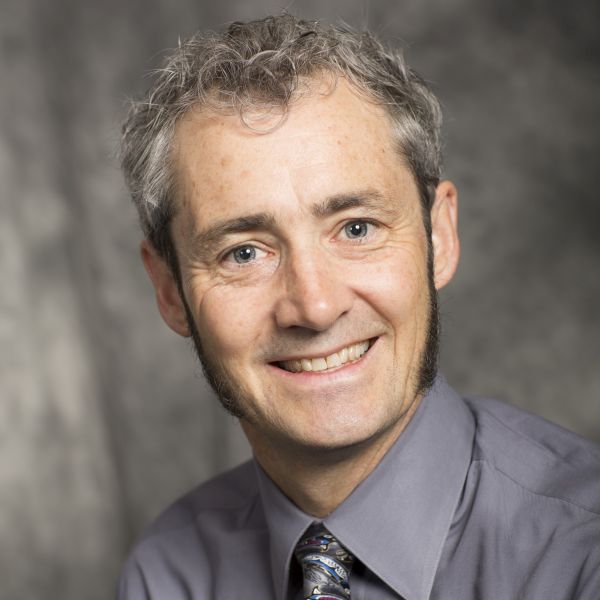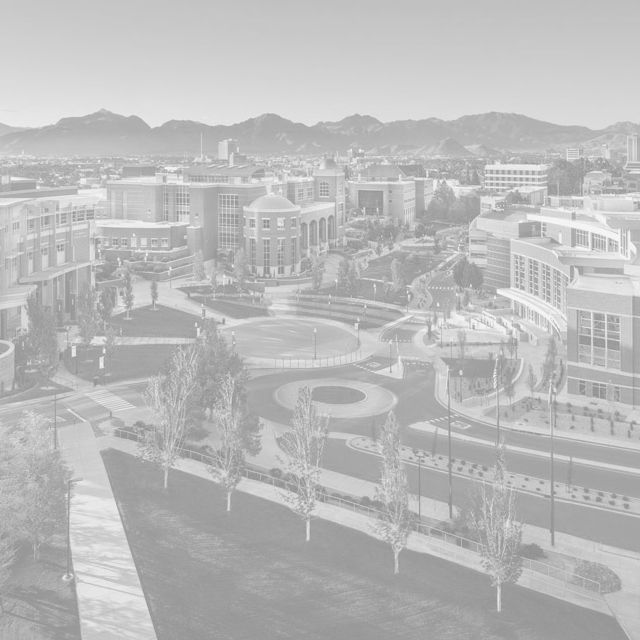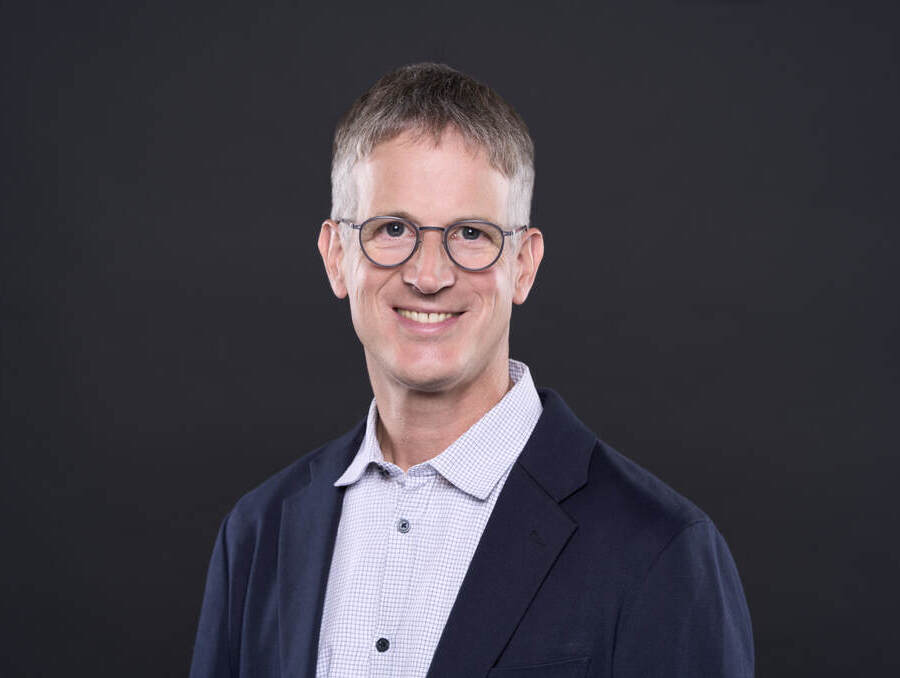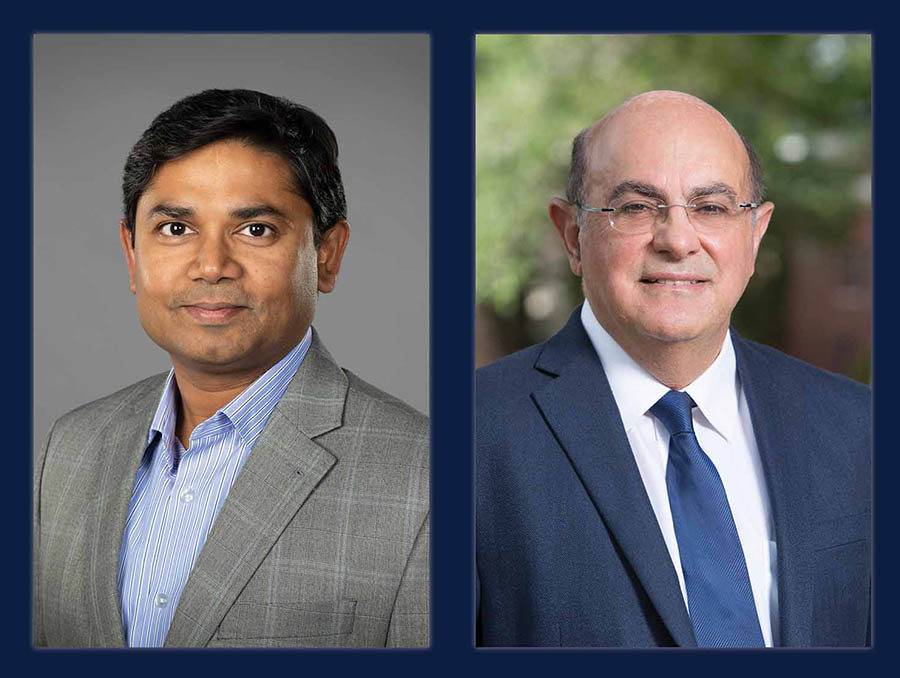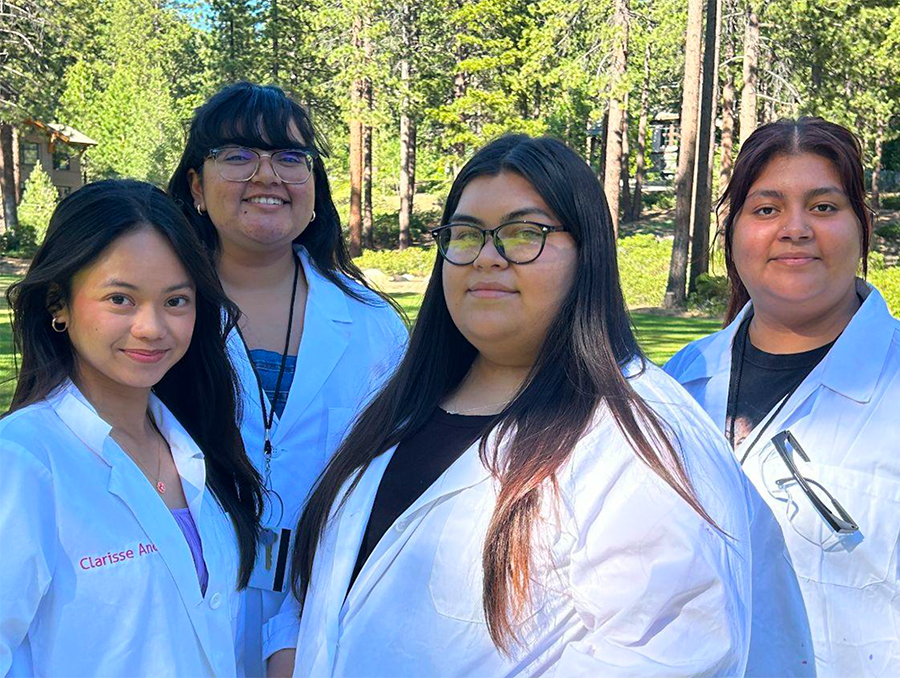Earth Day 2020: a chance to reimagine the world
The 50th anniversary of Earth Day comes during a global pandemic and worldwide "natural experiment" – and goes virtual for the first time
Welcome to Earth Day 2020. This is a historic Earth Day in many ways. For one, it is the 50th anniversary of the first Earth Day, organized April 22, 1970. That first Earth Day was dreamed up by and co-chaired by two U.S. senators (one Democrat and one Republican) and resulted in an estimated 20 million Americans coming out to parks and streets to celebrate and call for a better environment. That 20 million represented 10% of the U.S. population at the time. This single day has been credited as being the birth of the modern environmental movement. It’s no coincidence that the Environmental Protection Agency was also established that year, December 2, 1970, and signed into law by that radical leftist President Richard M. Nixon.
This 50th Earth Day is also the first one to go virtual, given the global pandemic we are facing. There are a lot of online resources for this day, notably on the Global Earth Day website.
There is also a local Earth Day program that I am part of, the Truckee Meadows Earth Day. We have posting tips on our social media channels and will continue offering resources and opportunities to both learn and act as the weeks go by. We are currently planning for an in-person celebration at Mayberry Park on September 20, 2020. I encourage you to look at these online resources and celebrate Earth Day in your own way.
There has been a lot written and said about the reasons why we are going to an online Earth Day this year. The novel coronavirus and COVID-19 are a horrible impact on our human society and will have many long-term consequences regarding the way we live and work. What I am about to say is by no means an attempt to diminish the human tragedy that is unfolding. What is simultaneously happening is that humans are, for the most part, stopping and slowing down a lot of activity. This provides us what is called a “natural experiment” where we can look at the before and after conditions and see if we can identify any changes.
There is an amazing amount of information coming out of the scientific community in the last few weeks. A few examples include seismologists noting that their instruments are the quietest they have ever seen, as the constant impact of human activity is quieting the rumble of the earth. My field is air pollution, and you have no doubt seen the dramatic picture of (for example) the Los Angeles City skyline with no pollution and highways with no cars.
All across the world, from Tokyo to Cairo to New York, Seattle, San Francisco and too many others to mention, we are seeing cleaner air than we have in any living person’s memory. Even right here in Washoe County, the air in the month of March never went into the “moderate” range on the air quality index; this year all days were “good.” Last time that happened was 2016, a very wet month, and before that 2008, in the great recession when driving was significantly reduced for other reasons.
There are a lot of ways to interpret these data. I prefer this one: We have the solution in our hands. The Earth has the ability to heal if we stop hurting her. So, here is our chance, a chance to reimagine the world. Push out the boundaries of the human imagination, to create the open space where new ideas can flourish. Maybe it is easier to imagine the end of the world than the end of capitalism or fossil fuels or terminal selfishness. But this is the work that calls us at this moment – to imagine new life-ways into existence. We may not be able to save the old world, but we can help define the new one. Let’s make it a good one.

